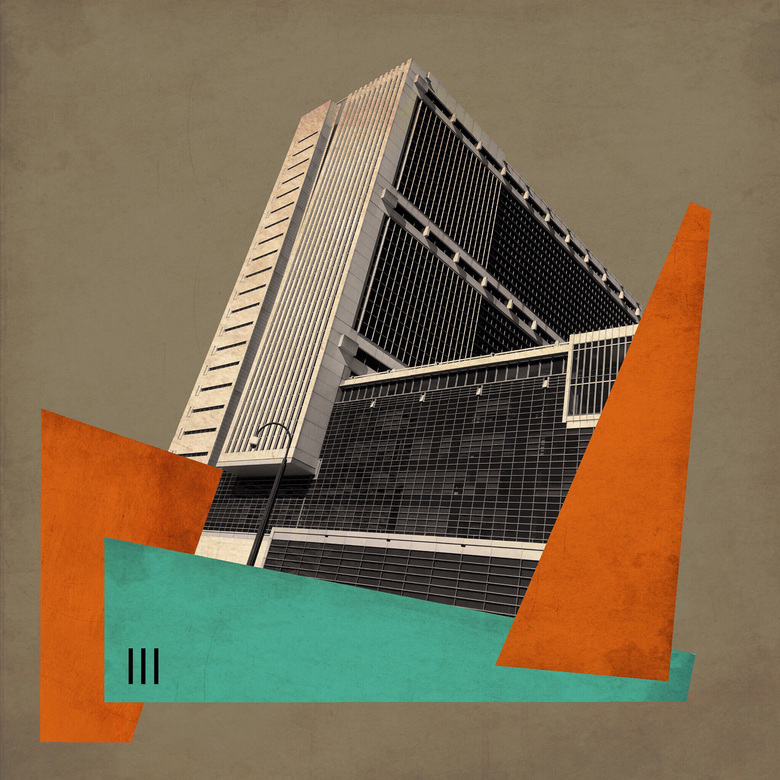The Age-Old debate
What is ART?
What is ARCHITECTURE?
IS ARCHITECTURE ART?
These are questions that you may come across when you read about Architecture. In many ways, architecture occupies the line between the practical and the artistic. This balance makes architecture a physical expression, distinct from other traditional forms of art but deeply related with them.

© Lynette Jackson

© Lynette Jackson
The practical notion of architecture is that it is a practice of designing and building, which by implication requires technical skills, engineering knowledge, and an understanding of materials. But it is also mastery of space, light, and aesthetic-concepts lying at the core of the artistic process. An architect is like a painter, creating art to generate emotional response, but he is also a sculptor pushing physical space and forming meaning. Architects have continually pushed the boundaries of functionality and aesthetics to create structures that are more than just buildings.
Historically, architecture has gone hand in hand with art. Architecture was a canvas for the art forms to be implemented on, since structures served as both the setting and the subject of visual expression. Many times, the line separating architect from artist was blurred, where both professions merged in the development of spaces. Yet with those shared qualities, architecture does not fit conveniently into the historical definition of the fine arts.

© Smithsonian

© Smithsonian
Classical definitions of art often emphasize the creation of beauty for its own sake, sometimes moving away from practical functions. Paintings, sculptures, and other forms of fine art are created primarily for aesthetic or emotional impact, while architecture must serve specific purposes: to provide space for human activity. Such spaces must also stand up to weather, weight, wear, etc. This practical aspect sets architecture apart.
However, you will still witness buildings that play with the distinctions. Architects such as Frank Gehry and Zaha Hadid have taken on an almost sculptural approach to design, conceiving the building as a dynamic form interacting and responding with and to its environment in innovative and unexpected ways. Gehry’s Guggenheim Museum in Bilbao is celebrated not only for its functionality as a space in which to view art but even more for its fluid design in defying preconceived notions of what a building should look like. Such is the contemporariness of examples that further makes us question the distinction between architecture and art.

© Brittanica

© Iwan Baan
Architects are no longer merely builders but artists of space and material, often creating immersive, experiential environments that are timeless. They enable us to think about buildings not just as shelters but as a medium for creative expression through which thought, emotion, and reflection are provoked.

© Blog Novatr
So, is architecture art? Perhaps it is in the duality of architecture itself: something that serves a functional purpose, yet is structured with the ability to inspire, provoke, and even transcend our experience of this world. So,
ART can be ARCHITECTURE
ARCHITECTURE can be ART
It falls within that rare space wherein form and function, beauty and utility, and art and architecture are all interlaced. Architecture is art in this sense: it shapes the physical world, but maybe more so, it shapes how we interact with it.
Image Sources:
Hill, J. (2015). https://www.world-architects.com/en/architecture-news/insight/architecture-as-subject-for-art
Design for Palace gate: https://www.si.edu/spotlight/architecture
Victorian House elevation: https://www.si.edu/spotlight/architecture
Guggenheim Museum, Bilbao. https://www.britannica.com/topic/Guggenheim-Museum-Bilbao
Heydar Aliyev Center. https://www.archdaily.com/448774/heydar-aliyev-center-zaha-hadid-architects
Henin, T. (2022). https://www.novatr.com/blog/art-and-architecture


















